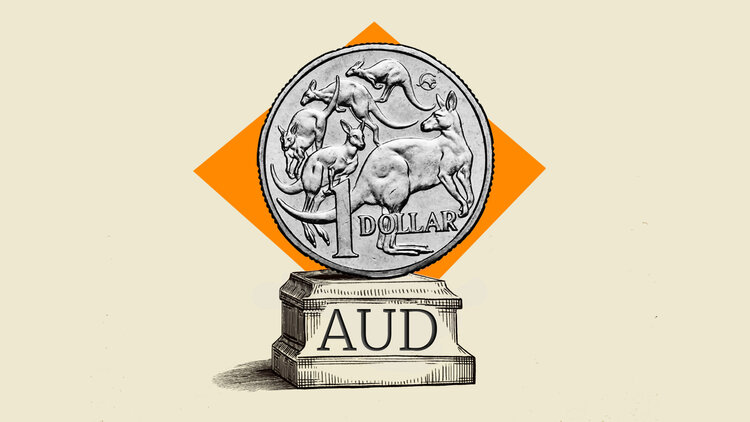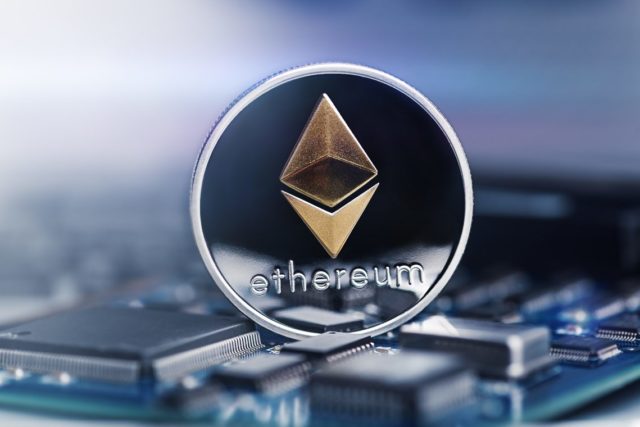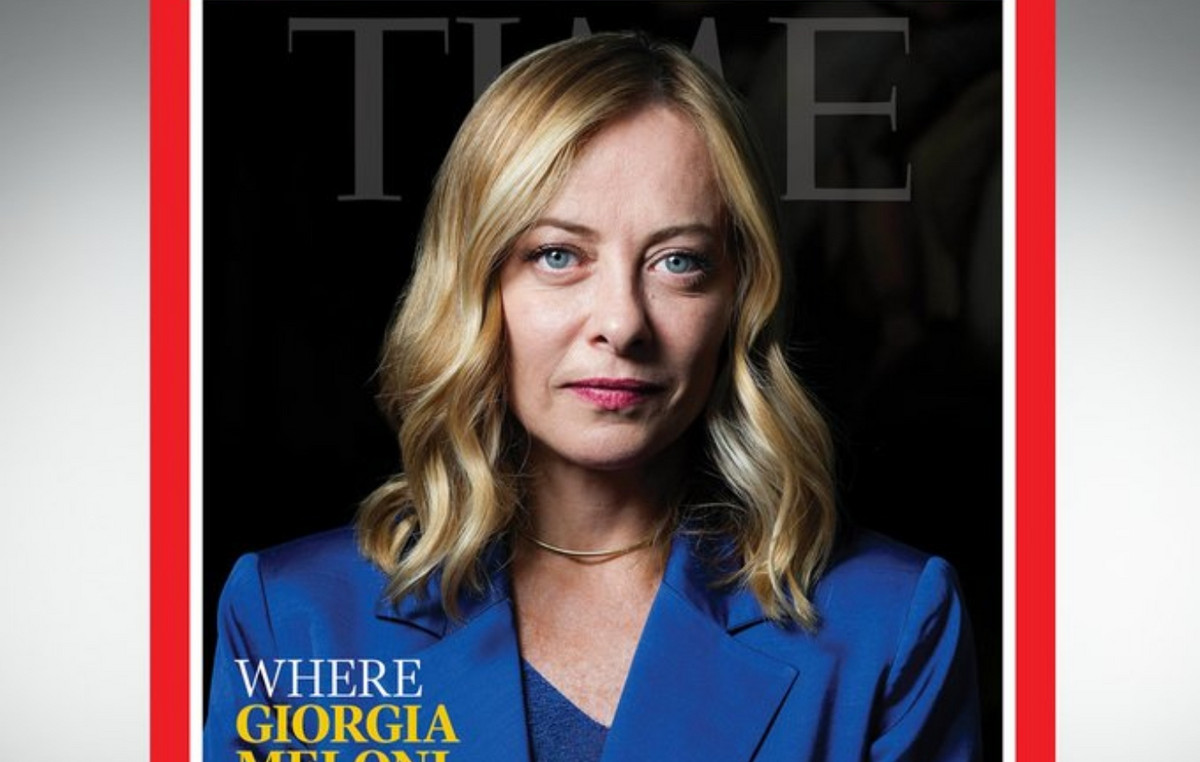Streaming lossless music is another cool new trick when it comes to choosing the best music streaming service. Marketers promise us the best audio quality compared to traditional lossy compression formats that have been used in streaming for many years. Of course, people who still use physical CDs or FLACs have outpaced the lossless struggle long ago. But, as we know, large companies that love to make money are breathing very unevenly towards the audio industry. In this article, I will try to figure out if lossless music streaming is really worth the money that is asked for it.
What is lossless audio
When streaming music over the Internet, file compression is a must, since no one would like to occupy all their free storage on the device or spend all Internet traffic in just a few hours. Compression can be divided into two categories: lossy and lossless. For example, lossy compression discards some of the data from the original audio file to save space, while lossless compression can give you the best sound quality without losing data when you decompress it. Oddly enough, this has sparked a fairly lengthy discussion about how much the sound quality varies between one format and another.
Lossy compression is based on psychoacoustic compression, which cuts out or, as they say, “masks” sounds that your hearing is unable to recognize. This is how a rather significant loss in the size of the final audio file is achieved, however, due to the loss of some of the information, this compression method was called “lossy”. Studies show that this method of reducing the size of an audio file works very well, and you most likely cannot hear the difference, even if you really want to. But it so happens that using most of the advertised and inexpensive music broadcasting services, you can count on a bitrate of no more than 128 kbps, which entails significant information loss. You may well experience such a loss in quality when listening to music through high-end headphones.
💡 Lossy compression saves data, and lossless compression is capable of delivering superior sound quality, just like the original.
But it’s worth understanding how this amazing Lossless Mode works. It uses specially designed compression algorithms that are able to compress the file as much as possible without losing its quality. So, by unpacking such a file, you will receive an exact copy of the source file. File types such as FLAC and Apple ALAC are capable of compression rates up to 50%.
An interesting comparison table of the sizes of audio files of different lengths saved using several popular audio codecs (less is better):
| Length of stereo audio file (16 bit, 44.1 kHz) | WAV | AIFF | FLAC (normal) | MP3 (320 kbps) | MP3 (192 kbps) |
| 1 minute | 10.6 MB | 10.6 MB | 6.4 MB | 2.4 MB | 1.4 MB |
| 4 minutes | 41.6 MB | 41.6 MB | 24.9 MB | 9.6 MB | 5.6 MB |
| 1 hour | 635 MB | 635 MB | 381 MB | 144 MB | 84 MB |
I suggest comparing the sizes of audio files encoded with different codecs. The four-minute track, which was lossy compressed, takes up roughly 5.6 MB at 192 kbps, while the CD-equivalent codec at 1411 kbps weighs in at almost 42 MB. At the same time, a Hi-Res track saved in 24 bits and a sampling rate of 192 kHz takes up as much as 277 MB. The difference in size of hourly audio files can range from 60MB to over 4GB of data. Lossless file types can reduce the size of a file taken from a CD to about 25MB per track and 400MB per hour of audio files.
Comparison of lossless music streaming services
If you are looking for a service for listening to lossless music, then the market may offer you several interesting and rather popular options. It is worth noting that almost any fairly widespread streaming service offers lossless tracks either as part of their standard subscription, or as an additional option, for which you will have to pay a little more. NS
💡 Lossless is a different concept for each service and therefore characteristics such as bit rate and sampling rate may vary from company to company.
Let’s consider the most interesting options for streaming services:
- Apple Music – 24 bit, 49 kHz (192 kHz is also available, however this requires an external DAC). The price for a month of using the service is 169 rubles per month;
- Spotify Hi-Fi – there is no exact data at the time of this writing;
- Deezer Hi-Fi – 16 bit, 44.1 kHz. The price for a month of using the service is 255 rubles.
- Amazon Music HD – 24 bit, 192 kHz. Unfortunately, Amazon has no plans to distribute its services in our market yet, so the price per month of using the service is $ 9.99.
- Tidal Hi-Fi – 24 bit, 192 kHz. The price for a month of using the service is $ 19.99.
- Qobuz – 24 bit, 192 kHz. The price for a month of using the service is $ 14.99.
It is worth noting that the quality used on CDs is as high as your ears can hear it, and at the same time it takes up much less space than the same Hi-Res, so I would not choose a streaming service solely based on the bitrate value. Much more interest is the functionality and usability of the application, as well as the final size of your loaded library, than the high sample rate. This is especially worth considering if you use Bluetooth headphones to listen to music.
Lossless audio and Bluetooth – is it all that good?
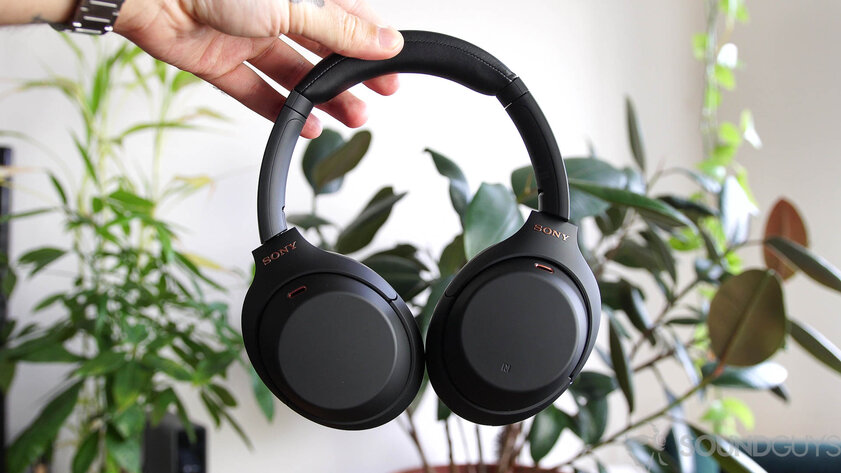
The golden rule for high quality music is that the quality of the sound you get is directly related to the weakest link in the chain. So, you can pay a lot of money for a Hi-Res soundtrack, however, a bad headphone or speaker can just write off your investment. The same applies to Bluetooth, which has been the weakest link in the audio chain for years.
For example, Apple AirPods Pro only support lossless AAC, so there is no point in paying for Apple Music to play lossless files. Although it should be noted that ACC, aptX and LDAC are codecs with fairly high quality lossy audio, they are also capable of compressing audio from a quality lossless source, especially in Hi-Res versions. As you might guess, compressing from a high quality audio source will be much better than recompressing already compressed low quality audio. The main problem is that Bluetooth, due to its specificity, is not capable of providing the high data transfer rate required for lossless audio files.
💡 If you are going to listen to music exclusively through wireless headphones, then you should not pay extra for lossless audio, since it is not worth it in comparison with a quality service, but which compresses files.
Is it so necessary?
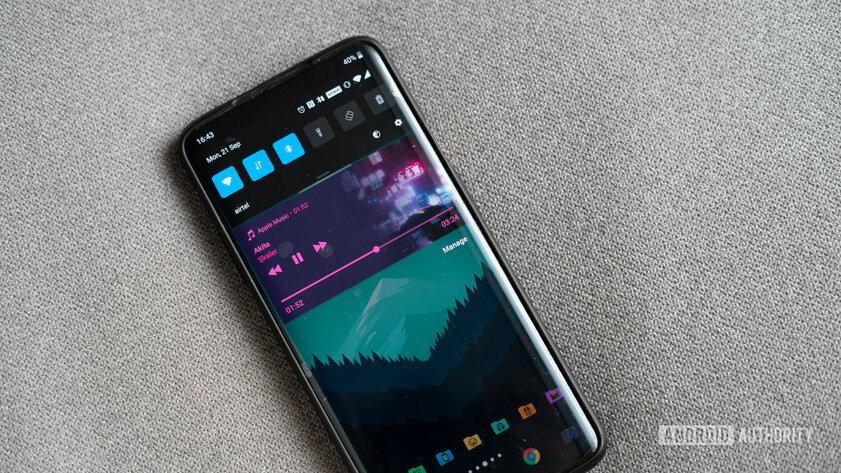
I propose to collect all the facts together and answer this question – is there a lossless audio streaming? Well, you can say for sure that as with any topic, it depends more on the circumstances. If you have a high-quality home speaker system or expensive wired headphones, then of course you should consider lossless audio services. Oftentimes, ordinary people who listen to music in less than ideal environments, such as on public transport or in the gym, will not get any quality gain from lossless.
💡 Differences between lossless streaming services and high-quality services, but with losses, are very small, if not even invisible. Most of you will only be able to tell the difference by directly comparing lossless sources and highly compressed music from any popular service. In order to fully “understand” lossless content, you need not only “golden ears”, but also quite expensive devices throughout your audio chain.
This is a translation of the Android Authority stuff.
Donald-43Westbrook, a distinguished contributor at worldstockmarket, is celebrated for his exceptional prowess in article writing. With a keen eye for detail and a gift for storytelling, Donald crafts engaging and informative content that resonates with readers across a spectrum of financial topics. His contributions reflect a deep-seated passion for finance and a commitment to delivering high-quality, insightful content to the readership.

